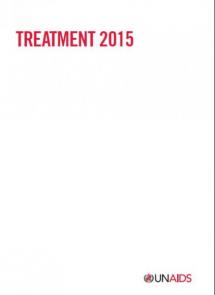Treatment 2015
This set of guidelines from UNAIDS provides a results-driven framework to expedite and greatly expand coverage of HIV testing and trreatment.
The guidelines are based on three principles:
- Demand – creating demand for HIV treatment – led by people living with HIV, as well as by key populations heavily affected by HIV, and sustained by civil society and the international community
- Invest – mobilizing sustained investment, giving priority to innovation and using the available resources as strategically as possible
- Deliver – ensuring that health and community systems, infrastructure, enabling laws and policies as well as community systems are in place to deliver treatment to all people living with HIV who are eligible
In the “demand” section, there is a discussion of various SBCC approaches –
- Emphasize the prevention benefits of HIV treatment
- Increase community literacy with respect to HIV treatment and rights
- Actively disseminate information regarding the secondary prevention benefits of HIV treatment
- Take steps to overcome the deterrent effects of stigma and discrimination
There is a framework for action which identifies priority action steps under each of the three pillars. A closing section on “making it happen” outlines the strategic, institutional and partnership approaches needed.
Last modified: March 25, 2019
Language: English

